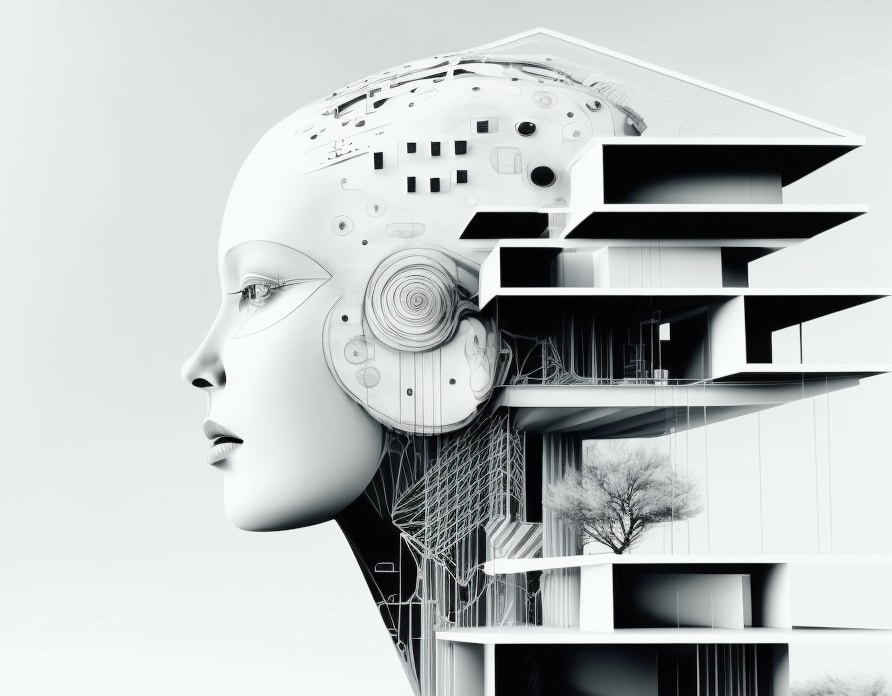As part of my minor at TU Delft, I was tasked with developing a concept for a new sustainable building that would reflect the university’s vision. This wasn’t just about imagining a structure; it required a thoughtful approach to sustainability, innovation, and alignment with TU Delft’s goals. I was not the most creative and didn’t had any experience with designing, so I had not really a good idea how to start. Luckily a friend talked to me a few weeks earlier about a program that could generate images just by describing it with words. This was my opportunity to test it out. To help visualize some ideas, I turned to the tool I’ve been intrigued by: DALL-E, a text-to-image AI developed by OpenAI.
Using DALL-E, I inputted prompts inspired by my initial ideas (concepts like “sustainable building with green facades,” “solar-powered campus hub,” and “modern design integrating natural materials”). The AI generated a range of visual interpretations, and some of them were amazing! These images sparked ideas for incorporating unique, sustainable elements into the design that I hadn’t initially considered.
One major advantage of using DALL-E was the rapid visualization. In traditional design processes, it can take time to sketch out ideas or wait for a designer to bring them to life. With DALL-E, I had a variety of options to consider instantly, which I could then refine based on the project’s needs. This saved time and enriched my creative process by expanding my perspective on design possibilities.
This experience also opened my eyes to the broader potential of generative AI in project management or other creative design projects. Not only can it enhance the initial creative stages, but it also has applications in presenting concepts to stakeholders in a tangible, visually compelling way. Generative AI could be especially valuable in collaborative settings, enabling teams to quickly visualize and iterate on ideas.

